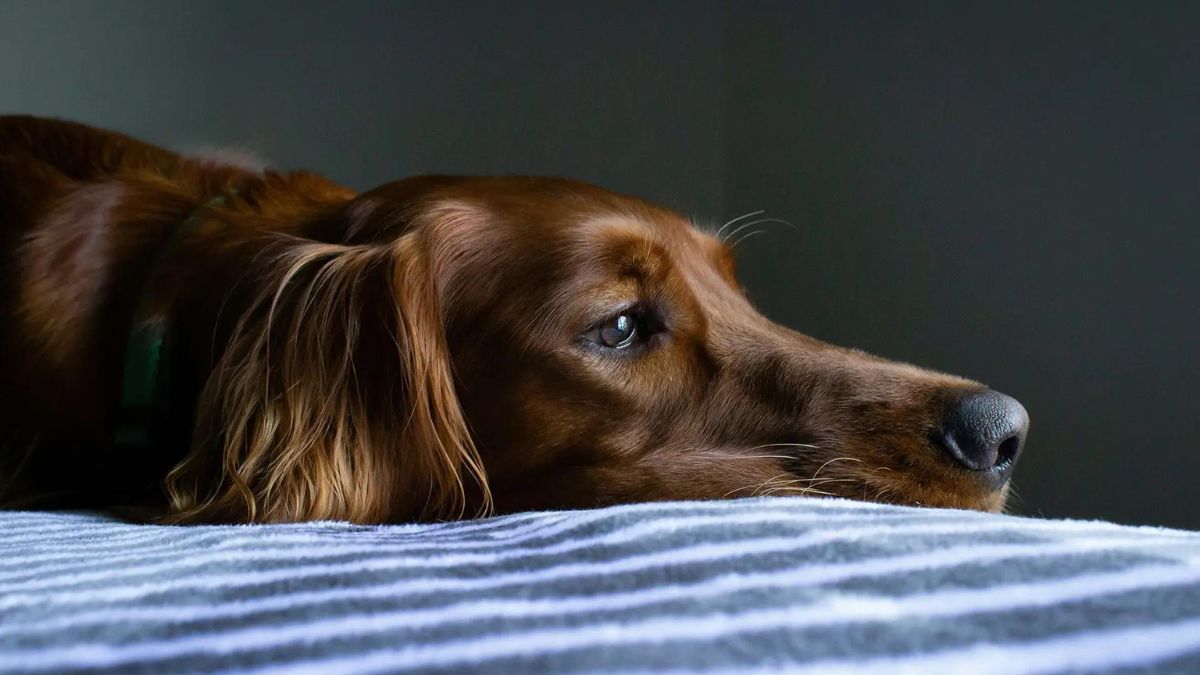
Advertisement
Separation anxiety is a common behavioral issue in dogs and can manifest as distress or destructive behavior when left alone. It’s essential for dog owners to recognize the signs of separation anxiety and implement strategies to help their furry friends cope with being apart. Here are some tips for managing separation anxiety in dogs.
- Recognizing the Signs: Familiarize yourself with the signs of separation anxiety, which may include excessive barking or howling, destructive chewing or scratching, pacing, drooling, urination or defecation indoors, and attempts to escape confinement.
- Gradual Desensitization: Gradually desensitize your dog to being alone by practicing short absences and gradually increasing the duration over time. Start by leaving your dog alone for just a few minutes, then gradually extend the time as your dog becomes more comfortable.
- Establish a Routine: Create a consistent daily routine for your dog that includes regular feeding times, exercise, and mental stimulation. Predictability and structure can help reduce anxiety by providing a sense of security and stability.
- Provide Comforting Cues: Leave comforting items such as your scent, a favorite toy, or a piece of clothing with your dog when you’re away. These familiar items can help alleviate anxiety and provide reassurance in your absence.
- Exercise and Mental Stimulation: Ensure your dog receives plenty of physical exercise and mental stimulation to help alleviate stress and boredom. Engage in activities such as walks, play sessions, puzzle toys, and training exercises to keep your dog mentally and physically active.
- Create a Safe Space: Designate a quiet, comfortable area in your home where your dog can retreat when feeling anxious. Provide a cozy bed, toys, and water, and make the space inviting with calming scents such as lavender or chamomile.
- Counterconditioning: Use counterconditioning techniques to change your dog’s emotional response to being alone. Pair the experience of being alone with something positive, such as a special treat or toy, to create a positive association with being alone.
- Seek Professional Help: If your dog’s separation anxiety is severe or persistent, consult with a professional dog trainer or behaviorist for guidance and support. They can help develop a customized behavior modification plan tailored to your dog’s specific needs.
- Avoid Punishment: Avoid punishing your dog for exhibiting signs of separation anxiety, as this can worsen their anxiety and lead to further behavioral issues. Instead, focus on positive reinforcement and reward calm, relaxed behavior.
- Medication: In severe cases of separation anxiety, medication prescribed by a veterinarian may be necessary to help manage symptoms. Medication should be used in conjunction with behavior modification techniques and under the guidance of a qualified professional.
By implementing these tips and strategies, you can help your dog overcome separation anxiety and feel more comfortable and confident when left alone. Patience, consistency, and understanding are key to helping your furry friend cope with separation-related stress and lead a happier, more relaxed life.
